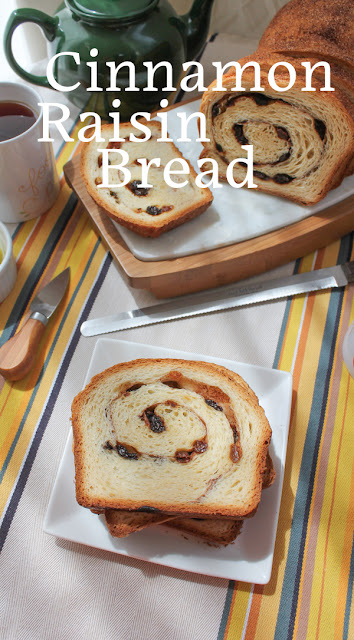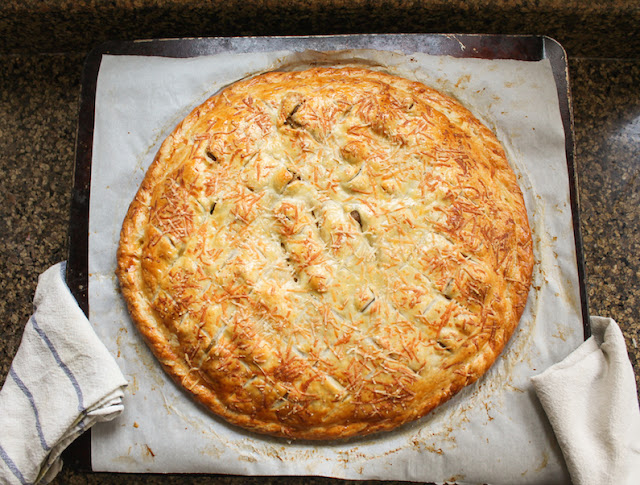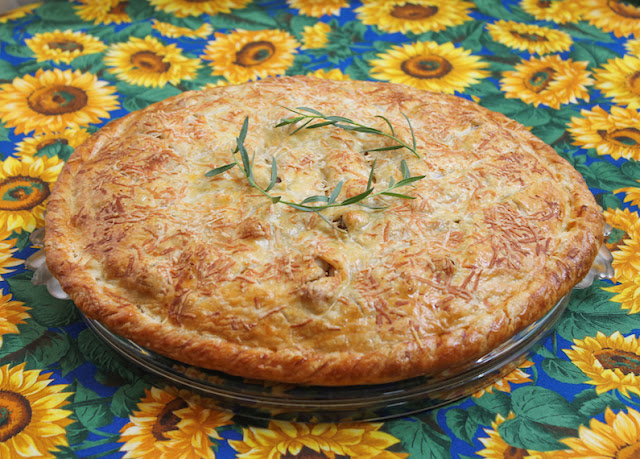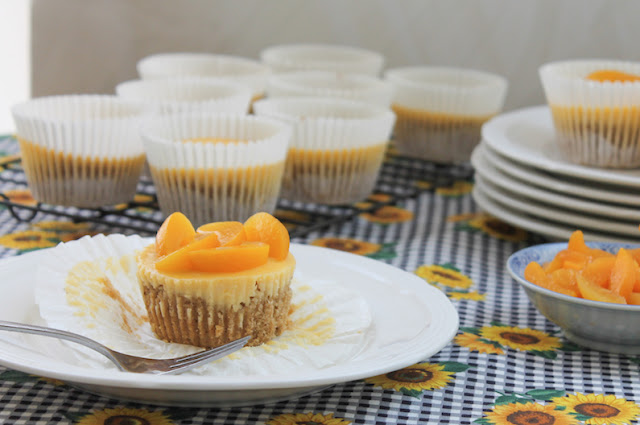I am not a huge fan of raisin bread but my husband is. When we were first married and still living in the States, I would buy those little loaves – Pepperidge Farm maybe? – because a bigger loaf would get stale before he could finish it. Then we moved overseas and occasionally I’d bake him some cinnamon raisin bread. But it was a rare treat.
When our Bread Bakers host chose grapes for this month’s theme, it seemed like the perfect reason to resurrect my old favorite cinnamon raisin bread recipe. Then meanwhile, my husband and I decided to try to cut back on carbohydrates. The good news is that the recipe has stood the test of time and his co-workers were very, very lucky.
Cinnamon Raisin Bread
If your raisins are juicy and plump already, you can skip the first step of soaking them in juice. Mine had been in the cupboard a while and that little trick revived them. This slightly sweet bread recipe is adapted from my old standby, Good Housekeeping Illustrated Cookbook, 1980 edition.Ingredients
3/4 cup or 110g raisins
1 cup or 240ml very warm apple juice*
2 1/2-3 cups or 315-375g flour
1/3 cup or 75g sugar
1 packet active dry yeast (1/4oz or 7g or 2 1/4 teaspoons)
1/2 teaspoon salt
2/3 cup or ml milk
1/3 cup or 75g butter, plus extra for the mixing bowl and bread pan
1 egg
1 teaspoon ground cinnamon
For topping – optional
2 tablespoons melted butter
2 teaspoons sugar + 1/2 teaspoon ground cinnamon, combined
*I used a mix of apple and orange pineapple, because I didn’t have enough apple juice. Use what you’ve got! Unless you’ve only got tomato juice. That would be weird. Just use warm water.
Method
In a small bowl, pour the very warm juice over the raisins. Leave to plump up for at leave half an hour. This can also be done the day before. Simply store the covered bowl in the refrigerator overnight. Drain the raisins and discard the juice. (Or save it to use in muffins or other baked goods.)
 |
| My raisins soaked up about 1/3 cup or 80ml of the juice. |
Measure your sugar, yeast, salt and half a cup or 63g of flour into the bowl of your stand mixer or other bowl if you are going to use hand beaters.
Put the milk and butter in a microwaveable container and heat until it reaches between 120-130°F or 49-54°C. If you don’t have a thermometer handy, this will feel quite hot to the touch (I mean, put a finger in it.) but you should be able to keep your finger in it comfortably. The butter doesn’t need to completely melt.
Pour the warm milk mixture into the mixing bowl and give it a good whisk.
Set aside for about five minutes to make sure the yeast is active. It should start to foam up.
Add the egg. Beat until combined. Add one cup or 125g of flour and beat well.
Add more flour, a half a cup at a time until you have a soft dough and it’s too stiff to beat in the mixer anymore.
Use a wooden spoon or a sturdy spatula to mix in the last of the flour. Unless you have a bread hook for your stand mixer, in which case use that now and for the kneading. If you don’t have a bread hook, scrape the dough out of the bowl and onto a floured surface. In either case, knead well for about five minutes.
Wash your mixing bowl out and rub with butter. Form a ball out of your dough and pop it back in the bowl. Cover with a cloth and leave to rest and rise in a warm place.
Ideally, you want it to at least double in size. This can take anywhere from an hour or two, depending on your yeast.
Tip: If your room is colder than 80-85 °F or 26-29°C, put the stopper in your sink and fill it part way up with hot tap water. Set the bowl in the sink.
While the dough is rising, grease your bread pan with butter.
When your dough has risen sufficiently, punch it down. Spread it or roll it out into a rectangle (about 12x16in or 30x40cm) on top of a large sheet of cling film on a clean counter top.
Tip your raisins out of the strainer on to a couple of paper towels and pat dry.
Sprinkle the plump raisins and cinnamon over the rectangle of dough.
Start rolling the dough up on the short side until you have a neat tube.
Tuck the sides of the roll under. Place the dough seam side down in your greased bread pan.
Set the loaf in a warm place - this could be the kitchen sink with hot water again, if necessary - and allow to rise until doubled.
When it’s getting close, preheat your oven to 350°F or 180°C.
Gently brush the loaf with the melted butter and sprinkle on the cinnamon sugar, if desired.
Bake for about 50-55 minutes or until the crust is a nice golden brown and the loaf sounds hollow when thumped. If you use a thermometer, the internal temperature should be 190°F or 88°C. Tent the loaf with aluminum foil if it is browning too quickly.
Turn it out on a wire rack to cool completely before slicing.
Enjoy!
Many thanks to this month's Bread Bakers host, Sneha from Sneha's Recipe. Check out all the great grape bakes we have for you!
- Buccellato di Lucca from Gayathri's Cook Spot
- Cinnamon Raisin Bread from Food Lust People Love
- Cinnamon Raisin Rolls from Ambrosia
- Golden Raisin Walnut Bread from Cindy's Recipes and Writings
- Mini Raisins Buns from Sneha's Recipe
- Roasted Grape and Pear Kuchen from A Day in the Life on the Farm
- Red Wine Rosemary Bread from All That's Left Are The Crumbs
- Sausage and Cambozola Pizza with Arugula and Grapes from Karen's Kitchen Stories
- Sourdough Focaccia with Pickled Grapes and Speck from Baking Sense
We take turns hosting each month and choosing the theme/ingredient.
Pin it!
.












































